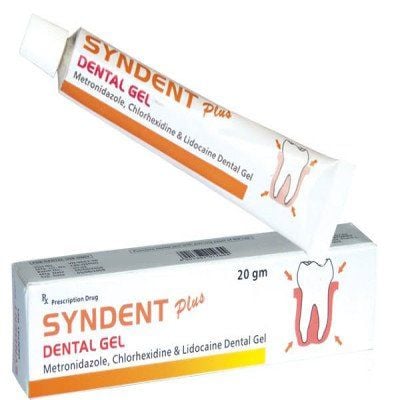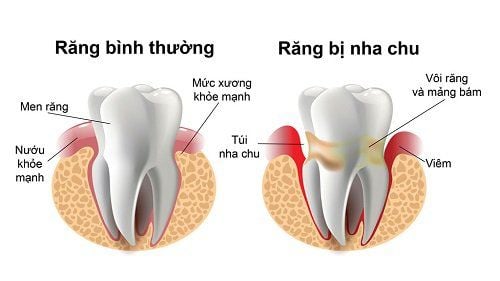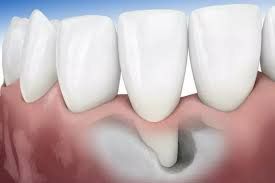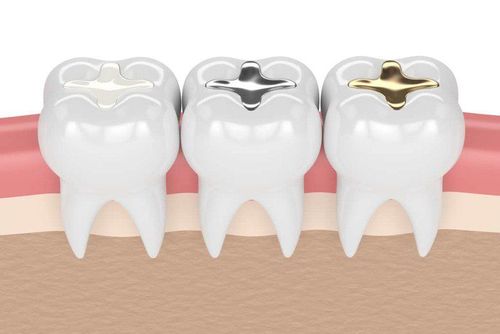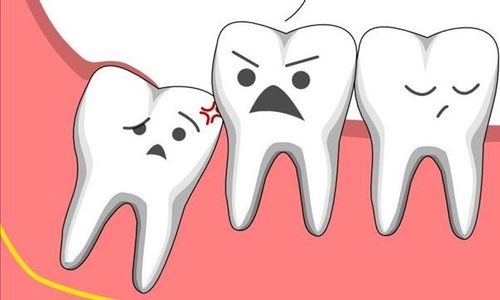This is an automatically translated article.
The article was professionally consulted by BSCK II, Senior Doctor Doan Du Dat - General Internal Medicine Doctor - Department of Medical Examination and Internal Medicine, Vinmec Ha Long International Hospital.Bone loss is one of the serious consequences after tooth loss, affecting aesthetics, chewing function and hindering the future implantation of dentures. Dental Implant is a modern method of tooth replacement, minimizing the phenomenon of jaw bone loss.
1. What is bone loss?
Alveolar bone loss is a condition in which there is a decrease in the density, height, quantity and volume of the alveolar bone and around the root of the tooth. The alveolar bone is easily resorbed because the alveolar bone is quite soft, just a biological mineral salt organization, so it is easily digested when bacteria attack or there is an empty space.There are 2 groups of causes of tooth loss, including:
Group with bone loss not due to tooth loss: the condition of root bone loss can start from tartar. When tartar appears, it will go deep below the gums. When the gums have been damaged, the periodontal ligament is broken, the bacteria that attack the root bone will destroy the root bone and cause bone loss; Group with bone loss due to tooth loss: for some reason, the patient needs to have a tooth extracted. After extraction, the site will form a blood clot and the healing process will begin. After a short time, the clot gradually dissolves, forming granulation tissue and eventually into bone. However, the space that the tooth root leaves in the tooth bone will cause the tooth bone to sag and lower. This bone loss gets worse over time.
2. How dangerous is bone loss?
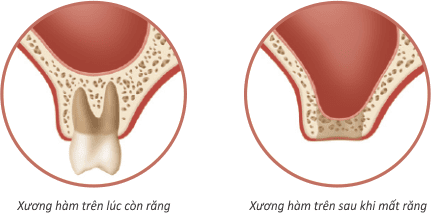
Tiêu xương răng nguy hiểm như thế nào?
Gum recession: the alveolar bone is reduced, causing the height and width of the bone to decrease, it can no longer support the gums, so the gums are lowered, the gum margin is thinner, exposing the part of the bone. roots, creating conditions for bacteria to attack the inside of the tooth root and gums. This causes the gum area with bone loss to sink, causing aesthetic loss to the position of bone loss of the tooth root; Migration of teeth: the condition of tooth movement is manifested as the teeth on and adjacent to the bone resorption area are displaced to the adjacent position, causing the teeth to shift, tilt, unsightly and weaker than usual, affecting the function of the teeth. chewing ability; Jaw bone loss: the inevitable consequence of tooth loss is jaw bone loss, including both upper and lower jaw bone loss, which changes the size of the jaw. This phenomenon is most evident in people who have lost many teeth or lost all teeth, people who wear full dentures or wear bridges; Teeth that are easily loosened: teeth stand straight and strong thanks to the support of the jawbone. When the bone is resorbed and collapsed, the tooth root will be displaced to the empty part of the lost bone, causing the tooth to be displaced and easily shaken; Impaired chewing function: alveolar bone loss makes the teeth shift, weaken, the jaw is sunken, causing the bite between the two jaws, the biting force is not enough to chew food. This makes it difficult for the patient to chew and eat; Underbite and premature aging: when the jawbone is dissolved, the gums are reduced, making the cheeks sunken in, affecting the harmony of the cheeks, nose, and chin on the body, making the face look old. nua. This consequence is evident in patients with total jaw bone resorption; Obstacles for tooth restoration: due to displacement of teeth, the jawbone in the gum area is sunken, so it is difficult to replant the tooth.
3. Prevention and treatment of bone loss with dental implants
To avoid falling into the case of bone loss, each person needs to keep good oral health from the beginning. It is best to perform regular tartar and avoid the risk of tooth loss. If the patient has early signs of gingivitis, early treatment should be initiated. In particular, when a tooth is lost, it should be replanted with a measure to prevent bone loss, which is a dental implant.Vinmec Times City International General Hospital is currently providing a Dental Implant Package for patients who have lost teeth at risk of bone loss. Dental Implant is a technique that uses a specially designed titanium cylinder, brought down to the jawbone at the position of the missing tooth, and then made a porcelain crown on top to restore the chewing surface.
Dental implant method is suitable for all subjects, as long as you have enough health. Those who have lost teeth for a long time, have had jaw bone loss, receded gums can still have Implant teeth after having a jaw bone graft. This is the most modern and effective tooth restoration technique available today, giving the ability to comprehensively restore teeth from the root to the chewing surface.
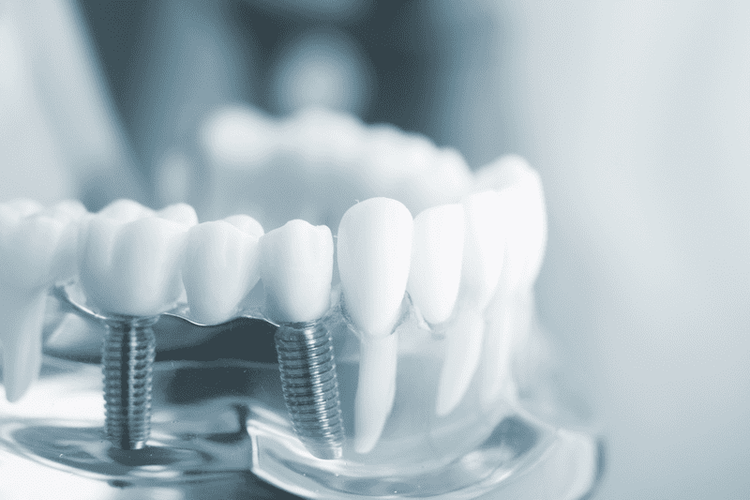
Phương pháp cấy ghép răng Implant phù hợp với mọi đối tượng
Dental examination and implantation with modern machines and technology:
Dental CT Cone Beam 3D; Perform tests: prothrombin time, thrombin time by automated machines; Fibrinogen quantification,.. Implant surgery and attachment of prosthetic abutments; Dental crowns with high quality materials; General dental examination and tartar removal by modern machines.
Please dial HOTLINE for more information or register for an appointment HERE. Download MyVinmec app to make appointments faster and to manage your bookings easily.




